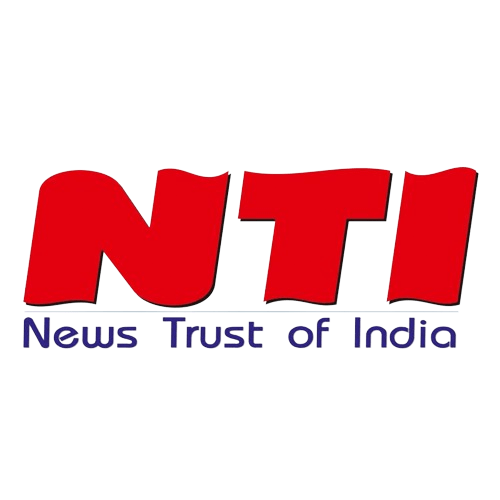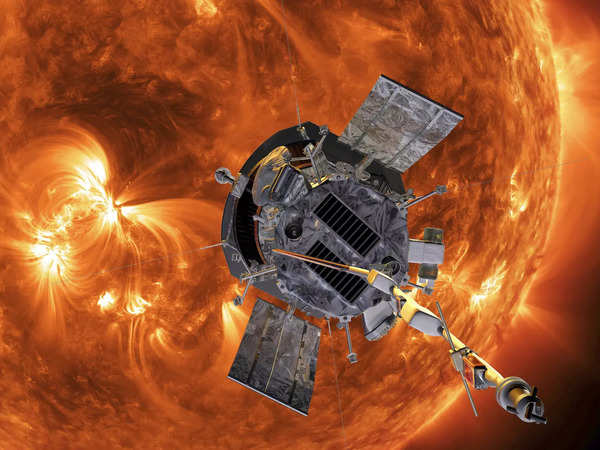Aditya L1: On September 2, 2023, ISRO’s Aditya L1 was successfully launched from Satish Dhawan Space Center. Aditya-L1 is launched by ISRO using their dependable Polar Satellite Launch Vehicle (PSLV), which is the first class of space-based observatory to study the Sun.
Aditya-L1, the nation’s first solar mission, is carrying seven separate payloads for a thorough study of the sun, three of which will measure in-situ characteristics of the plasma and magnetic fields while the other four will observe the sun’s light.
The Aditya-L1 mission, according to the NASA, is anticipated to arrive at the observation location in about 126 days, or four months. However, the ISRO has not yet declared a certain date or time.
It will be positioned in a halo orbit 1.5 million kilometers from the Earth in the direction of the sun, known as Lagrangian Point 1 (or L1).
study of the dynamics of the solar upper atmosphere (chromosphere and corona).
-Research on coronal and chromospheric heating, the physics of partly ionized plasma, the start of coronal mass ejections, and flares
-Keep an eye on the in-situ particle and plasma environment that the Sun is producing to gather data for the study of particle dynamics.
-The heating mechanism of the solar corona and its physics.
-Thermodynamics of the coronal and coronal loop plasma: velocity, density, and diagnostics.
-The dynamics, development, and origin of CMEs.
-Determine the series of events that take place at several layers, including the chromosphere, base, and extended corona, and eventually result in solar eruptive events.
-Measurements of the magnetic field in the solar corona and the topology of the magnetic field.
-Space weather drivers, including solar wind origin, composition, and dynamics



